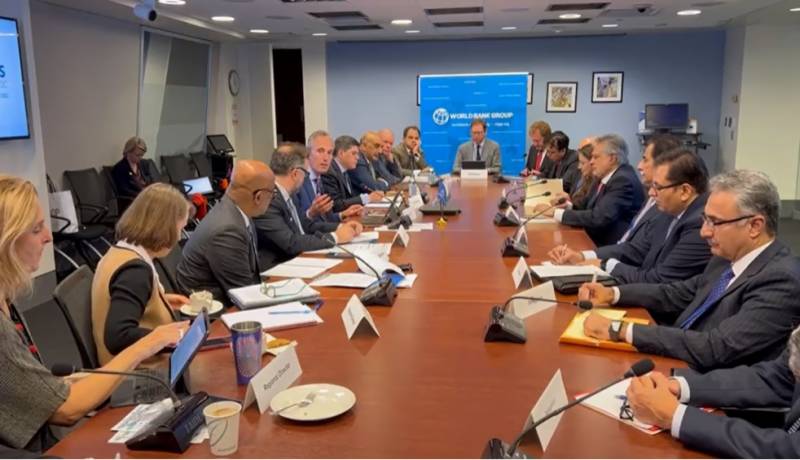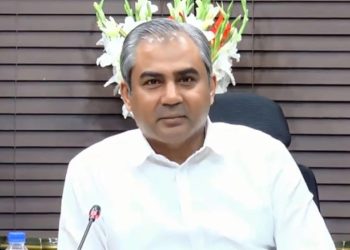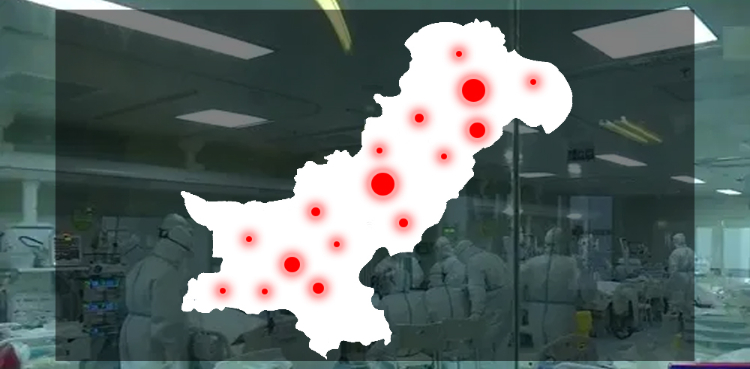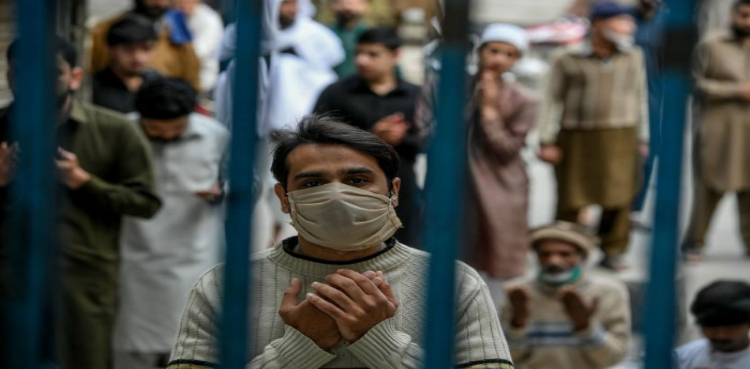Moving a step closer to the most sought-after general elections, the Election Commission of Pakistan (ECP) on Wednesday released the provisional report on the delimitation of constituencies based on the recently concluded census.
An official statement issued by the poll organising authority stated that the preliminary report and map of constituencies can be viewed on the ECP’s website — https://www.ecp.gov.pk/.
The electoral watchdog further said that the publication of preliminary constituencies will continue for 30 days till October 26. While voters of a constituency can approach the ECP if they have any objection to the delimitation.
The election watchdog said that it is mandatory that the person raising an objection must be from the relevant constituency. It also added that objections raised through courier, post or fax will not be accepted.
The report
In its report, the ECP stated that the Pakistan Bureau of Statistics (PBS) published the final results of the 7th digital census on August 7, and the ECP launched the delimitation process under Section 17 of the Elections Act, 2017.
In this matter, the five delimitation committees were constituted for the preparation of draft proposals for the delimitation of constituencies of the assemblies.
The report also explained the ECP’s mechanism for the delimitation of National and provincial assembly seats.
“The population of the province/area has been divided by the total number of general seats and the average population or quota per National Assembly seat was obtained. Similarly, the population of a province was divided by the total number of general seats allocated to the provincial assembly of a province for obtaining a quota per seat. In calculating a total number of seats, a fraction of 0.5 and above was generally taken as one seat and a fraction below 0.5 was ignored,” the report said.
It also stated that because of Balochistan’s “peculiar situation” more than one districts have been clubbed for a seat. It added that the clubbing has also been made in other provinces where it was required.
“The share of a district was determined by dividing the population of that district with the quota per seat of the National Assembly, or as the case may be, of the Provincial Assembly,” the report also said.
The report showed that Punjab has the highest number of seats in the National Assembly followed by Sindh, Khyber Pakhtunkhwa, Balochistan and Islamabad.
The breakdown showed that Punjab with a population of 127.6 million has been given 141 seats and each constituency had been divided based on a quota of 905,595.
For the Punjab Assembly, 297 seats have been allocated with each quota seat determined at 429,929.
In Sindh, the 61 NA seats for the 55.6 million population have been divided on a quota of 913,052 per seat. For the Sindh Assembly, 130 seats have been divided on a quota of 428,432 per seat.
In KP case, the census showed a population of 40.8 million and have been allocated 45 NA seats. Each NA seat has been divided on a quota of 907,913. In the KP Assembly’s case, 115 seats have been divided on a quota of 355,270.
The report also shared that out of a total of 36 districts in KP 10 “could not attain population threshold/quota for an exclusive” NA seat.
“Districts with insufficient population for an independent seat were merged into inter-district constituencies based on the laid down principles of delimitation, keeping in view the historical affiliation, socio-economic interdependence, homogeneity and public convenience,” the report added.
In Balochistan, 14.8 million people have been given 16 NA seats and each constituency has been dived on a quota of 930,900. The provincial assembly of the provinces has 51 seats and each seat has been divided on the quota of 292,047.
In the southwestern province, Killa Saifullah, Zhob and Sherani have been clubbed into one NA seat; Musakhail, Barkhan, Loralai and Duki in one; Harnai, Sibi, Kohlu and Dera Bugtihave been given one; Nasirabad, Jhalmagsi, Kachhi, Jaffarabad, Usta Muhammad and Sohbatpur have been clubbed by allocating two NA seats; Quetta has been given three NA seats; Ziarat and Pishin have been clubbed; Killa Abdullah and Chaman have been clubbed; Nushki, Chagai, Washuk and Kharan have been clubbed; Mastung, Kalat and Surab have been clubbed; Lasbella, Hub and Awaran have been clubbed; and Panjgur, Kech and Gawadar have also been clubbed.
On the other hand, Islamabad, which is the federal capital, has a population of 2.3 million has been given 3 seats and each seat quota has been determined 787,954.
Last week, the ECP had announced that general elections in the country would take place in the last week of January 2024.
The poll organising authority had also decided that the final list of constituencies would be published on November 30 after hearing the objections and suggestions related to the delimitations.
Subsequently, the polls will be held in the last week of January next year following the completion of the 54-day election schedule, the ECP statement added.
The ECP’s statement had finally ended the uncertainty surrounding the elections as the previous Pakistan Democratic Movement (PDM)-led government’s move to approve a new census mandated the electoral body to carry out new delimitation before holding polls, sparking fears of an undue delay in polls.
As per the schedule announced by the ECP:
- September 8 to October 7 — Delimitation of the constituencies to be held across the country.
- October 10 to November 8 — Proposals regarding constituencies to be submitted.
- September 5 to September 7 — A quota of constituencies of the national and provincial assemblies to be allocated.
- August 21 — Constituency committees of four provinces to be established.
- August 31 — Administrative matters related to the constituencies to be completed.
- November 10 to December 9 — ECP to decide on the objections to the constituencies.
- December 14 — Final publication of the delimitation

























































